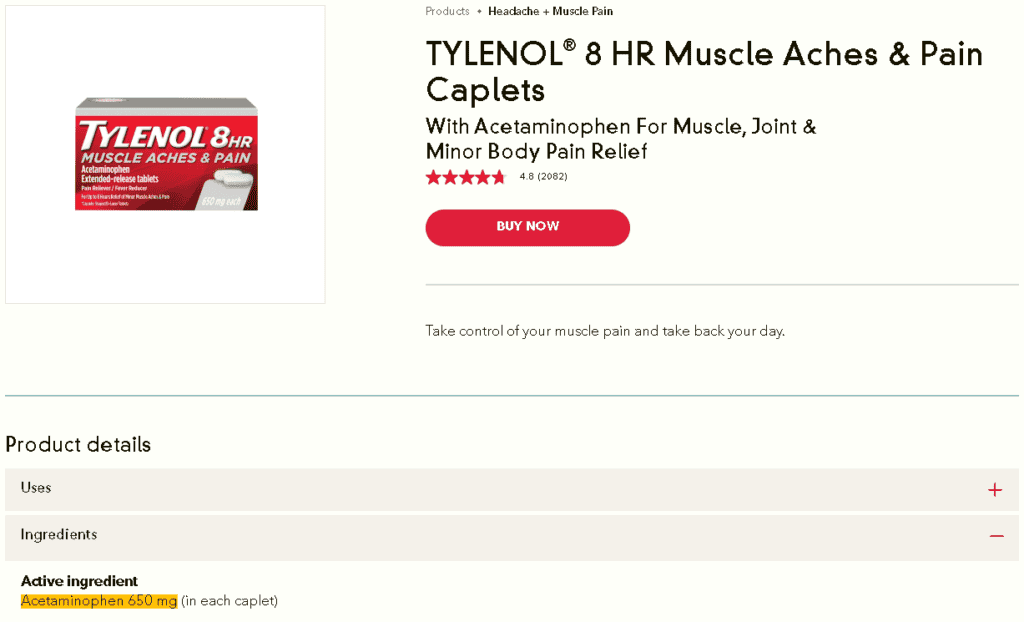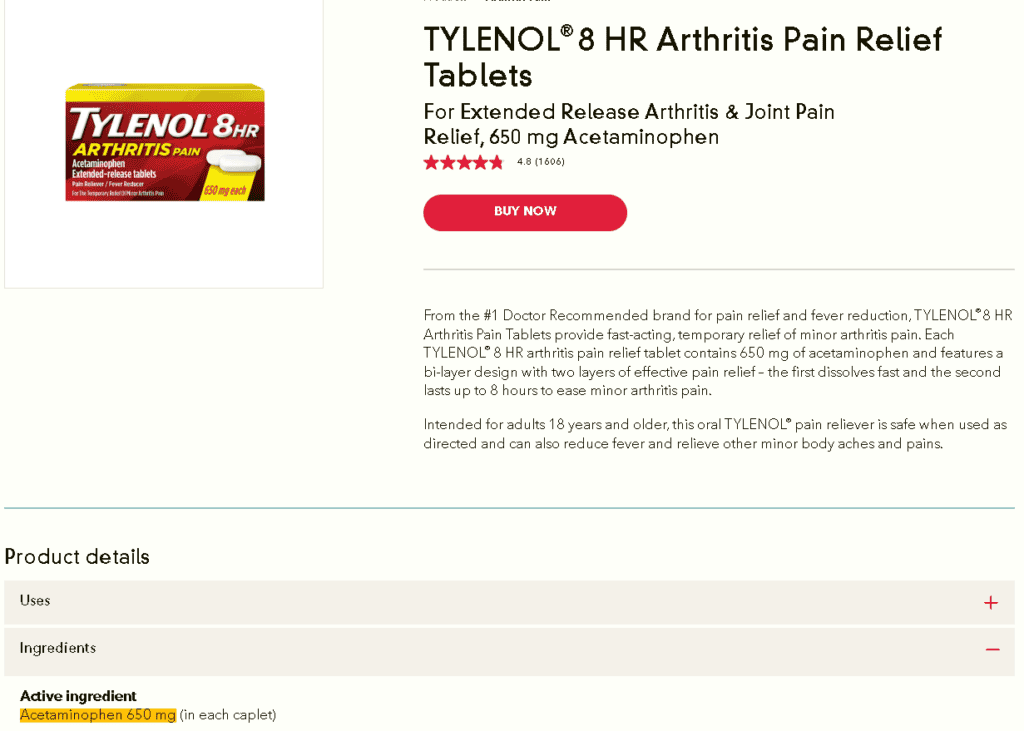Articulating this want is what is known as the Value Proposition of your offering. In existing literature, it is commonly referred to as the Unique Value Proposition (UVP) or sometimes as the Unique Selling Proposition/Point (USP). This emphasis on uniqueness or competitive differentiation is overrated. It’s entirely possible to run a successful business without being the only one in the market. We’ve mentioned before when we discussed copy-paste businesses: as long as there’s demand, there’s room for supply. However, it is helpful to have an angle, especially if you’re in a crowded marketplace with numerous competitors.
If you operate a copy-paste business, consider how you might explore distinctiveness and differentiation. Here are three non-mutually exclusive ways to explore that:
Distinctiveness
In the realm of branding: catchy designs, colors, sounds, or memorable catchphrases. This approach primarily falls under marketing or strategic management and makes no claim of being better or involves specific positioning. It is effective when individuals encounter your visual and audible brand, either in-person or online, and works best when your brand identity is associated with more than just your solution.
Although it enables you to “stand out” amidst a sea of generic competitors, it is only marginally effective and highly dependent on your budget and ability to imprint with as large an audience as possible.
Differentiation Through Reason
Even if you aren’t unique, you can still claim to be better or different through association with positive qualities or specialized performance. Of course, everyone claims to be “better” than their next-door competitor. The crucial aspect here is to strategize how or in which specific area you aim to excel.
Being specific doesn’t confine you; in fact, less is more. Trying to do too much hurts your brand and dilutes your reputation. It’s hard enough to be well-known for one thing, let alone many. Don’t try to be an everything company. Instead, focus and be clear. What is your main offering? The others are your upsell or cross-sell. Diversification is a luxury reserved for those who have already established a solid reputation.
Examples include,
Ellevest: The financial company built by women for women (positioning for a specific demographic).
The Honest Company: Safe, effective products for our families and yours (qualities: safe, sustainable, doing business ethically and inclusively).
Ink LLP: Strategic counsel to high-growth companies and those that build them (specialization in working with emerging companies that have dramatic scaling ambitions, from inception through to exit).
Tylenol: For back pain vs. for arthritis both contain the exact same ingredients.


Yet you’re more likely to reach for one over the other if that specific condition applies to you and even claim one is more effective than the other (placebo effect). Is this manipulative? I don’t think so, unless they are making baseless claims for which they aren’t effective. If something does indeed work for various scenarios or users, claiming it “does it all” can inadvertently lead to it being perceived as a fraudulent miracle solution akin to snake oil. Specificity assists prospects in self-identifying and in more readily accepting that the solution will address their particular problem.
BookedIn: Is a Canadian company that does a good job of applying specificity. They have specific landing pages which they use to advertise for different use cases.




Instead of competing against countless others using price, customer service, or claims of better results, another option is to use risk reversal to find some white space by stacking immense value. Ryan Chute from Wizard of Ads explains it in his blog post “What’s Your Perfectly Fair Competitive Advantage?”. Some examples include
- Free lifetime oil change
- Lifetime manufacturer warranty
- Waiving setup fees if a prospect signs up for X months.
- 1-year full refund or exchange. No questions asked.
Set yourself apart by offering something that competitors are unwilling to do.
Bonding Over Shared Values and Community
This is when consumers choose to buy from you because of your brand’s personality, values, or the sense of belonging or expression of personal identity they experience through the proxy of your brand.
Recreational Equipment Inc. (REI) Co-op is one such example. By positioning themselves as a co-op, they emphasize their focus on shared values (outdoor equity, climate action) rather than solely maximizing shareholder value.
Another example is when consumers choose to buy locally, even when there’s no distinctiveness or differentiation in the product. They’re choosing to do so to support a fellow local entrepreneur and behave in accordance with their values and beliefs.
Each of the above points is valuable on its own, but their impact is greatly amplified when applied simultaneously. While it’s possible to achieve this by accident, why risk it when you can intentionally apply all three of them together? In some cases, it may be easier to show instead of tell. Refer to the Viral Engine for ideas on enabling your prospects to experience your offering firsthand before making a purchase.
Related reads:
- How to leverage “Hidden Differentiation” to outperform your competitors
- How Many Pancake Restaurants? (on positioning vs. share of mind)
